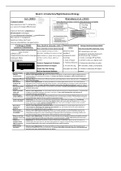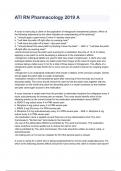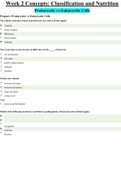Samenvatting
Mini summary Digital Business and Information Systems
- Instelling
- Vrije Universiteit Amsterdam (VU)
Het document is een schematisch overzicht met daarin de essentie van alle papers (vaak het dominante model of de main findings). Iedere pagina omvat de papers van één week. Met behulp van dit document kun je gemakkelijk verbanden leggen tussen de verschillende theorieën. Ook helpt het bij het be...
[Meer zien]







